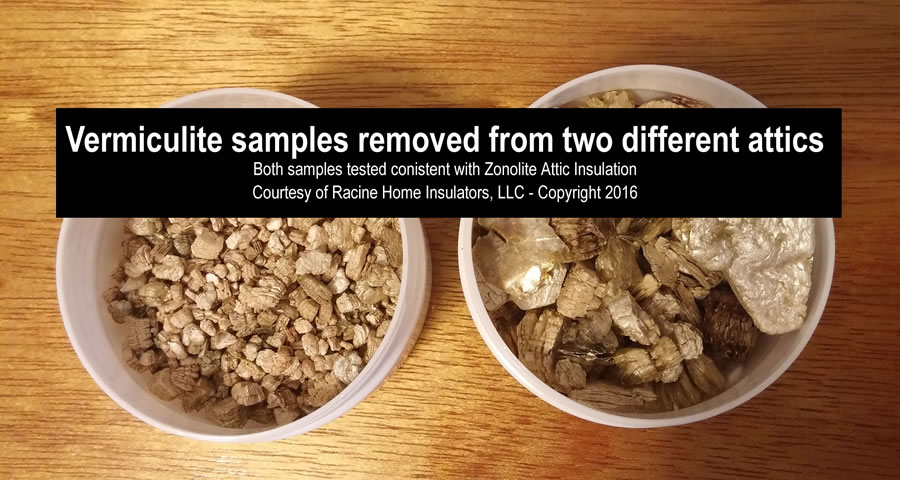Sizes of vermiculite products range from very fine particles to large coarse pieces nearly an inch long.
Vermiculite insulation in attics and walls.
If the attic or walls of a house contain vermiculite insulation leave it alone.
More than 70 of u s.
It could be purchased locally and could be installed by contractor or homeowner.
Do not store belongings in the attic.
However some vermiculite insulation contained asbestos fibres which can cause problems if inhaled.
Vermiculite came from a single mine near libby montana.
Do not sweep it or vacuum it up.
What does asbestos insulation look like in walls and attics.
Avoid disturbing the material.
Asbestos wall insulation can be found in various forms.
Concerns about asbestos contaminated vermiculite insulation.
The types of insulation that were most commonly made with asbestos are loose fill also called blown in insulation.
Where does it come from.
Vermiculite itself has not been shown to be a health problem.
Vermiculite insulation was sold in the u s.
The expanded vermiculite is a light weight fire resistant and odorless material and has been used in numerous products including insulation for attics and walls.
So if you have vermiculite insulation look into this.
The trust reimburses homeowners for 55 percent of their removal and reinsulation costs with a maximum payout per owner of 4 125.
That s good news because most zonolite a type of vermiculite insulation falls into that category.
Asbestos contamination vermiculite forms over millions of years due to weathering of the mineral biotite.
The epa says that vermiculite insulation which is the pebbly stuff found in attics of many older homes is only risky if it contains more than one percent asbestos.
Unfortunately almost all vermiculite insulation contains asbestos and is unsafe when disturbed.
The zonolite attic insulation trust was established in 2014 to help homeowners with the cost of removing zonolite attic insulation from their homes.
Vermiculite was a common attic insulation product sold from the late 1920s to the early 1990s.
This board is often found sandwiched between other.
If your attic or wall insulation is in batt or blanket form whether it s fiberglass cellulose or another material you generally don t have to be concerned about asbestos.
If work is planned that involves these areas for example installing potlights in a room below the attic send a sample of the vermiculite to a private lab.
As long as this kind of vermiculite based insulation remains undisturbed behind intact walls or in attic spaces and does not become airborne it should not be a concern.
From 1919 to 1990.
Insulation board containing asbestos has been used in walls and ceilings as well as soffits fascia and other parts of many homes and structures.

